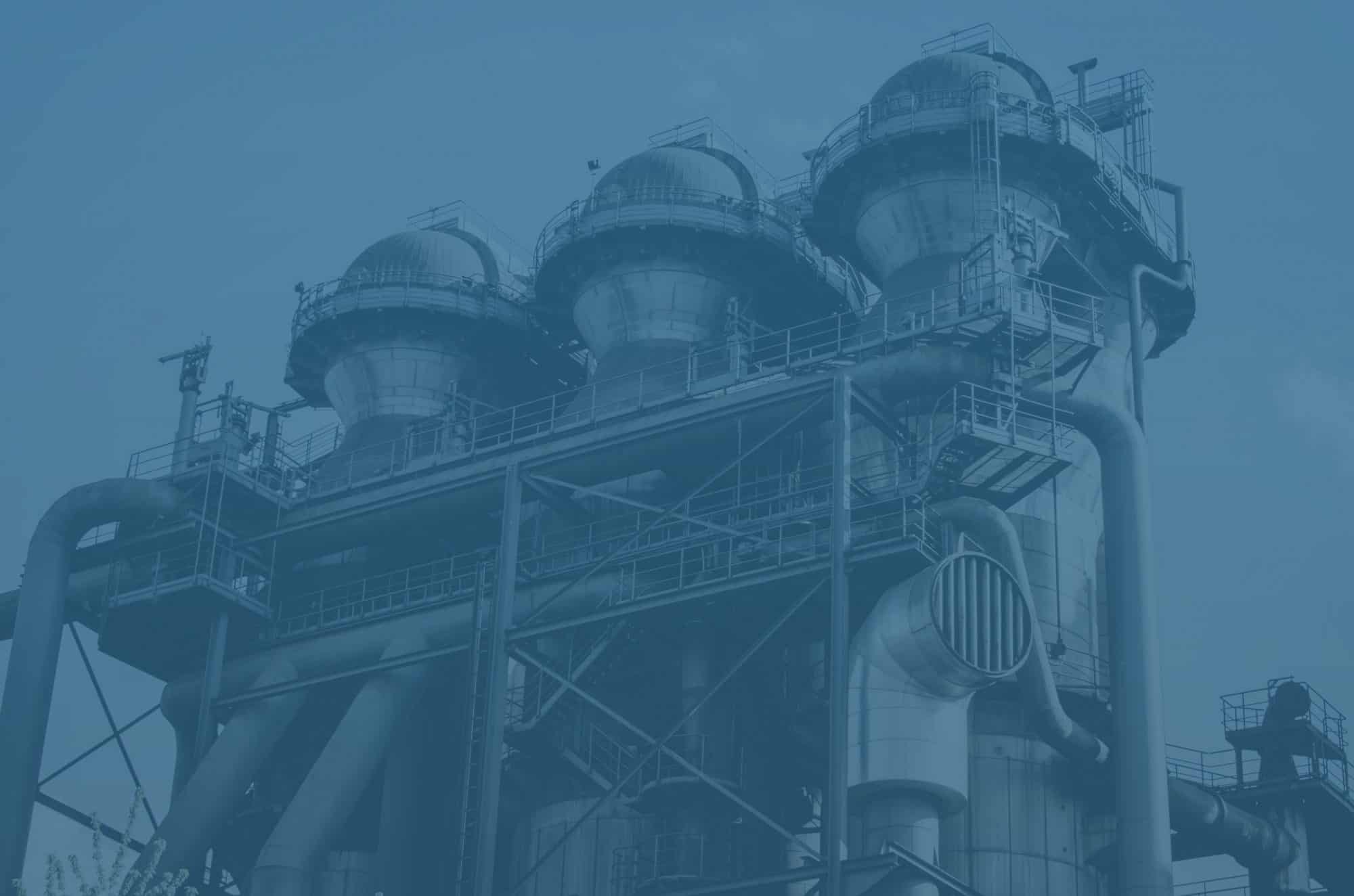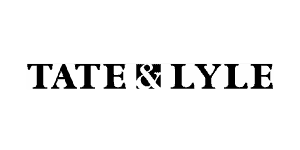You can find steam boilers in a surprising number of settings. They are great for various industries, from healthcare to education, food and beverage to textiles. Plus, you can see massive ones in the oil and gas industry, chemicals, and heavy manufacturing. In many cases the boiler will need a blow down silencer to address the noise from blowing. We want to have a closer look at this here.
Why is it necessary?
No matter how good the appliances are, there is always a safety concern with boilers. It is impossible to avoid it when you are dealing with high levels of heat and pressure. Even highly durable materials can struggle in these conditions. When you add impurities into the mix, there is an even higher risk of failures and faults.
One of the most crucial things with steam boilers is the level of total dissolved solids (TDS). When generating steam, a number of different elements can’t evaporate. So, you end up with them gathering at the bottom of the boiler.
The presence of high levels of undissolved solids can cause some serious issues. Crucially, it reduces the effectiveness of heat transfer. That can lead to higher energy consumption and costs. Plus, it can cause the boiler to overheat and increases the risk of failure. Finally, the elements can be extremely corrosive, causing damage to the boiler.
The most important thing to do here is efficiently remove the impurities from the boiler. That will preserve the efficiency and protect the unit. So, blow down is necessary. This can generate a lot of noise though. Therefore, you may also need a blow down silencer.
Two methods
Generally there are two ways to conduct steam boiler blow down. Firstly, is manual. What you do here is have a technician physically open valves to remove suspended solids and sediments from the boiler. Typically they only need to open each valve a tiny amount, so it can minimise heat loss. However, you need to invest more in ensuring the technicians have the right training to monitor the level of TDS and act accordingly.
The second option is continuous blow down. Here you need sensors to monitor the quality of the water in the boiler and level of TDS. When it reaches a specific level, the system can open valves automatically to release the solids and sediments. This process can ensure minimal heat and water loss. There is no need for human intervention, but you are relying on the system to ensure it accurately monitors conditions and knows when to act.
Another use
While we’ve focused on bottom blow down, there is actually a slightly different option available too. What you can do is surface blow down. What happens here is you skim the surface to get rid of dissolved elements that generate alongside the steam. For example, there could be sodium, potassium, and other elements.
This process is typically automated and continuous. It is more effective to do it this way because the steam load can fluctuate massively. That means it can be tricky for a technician to monitor and regularly adjust micrometres.
Do you need a blow down silencer?
Now you know why it is so important to remove impurities from steam boilers. However, the process can generate a lot of noise. It can be very loud because of the boiler pressure. So, there can be a major risk to people, wildlife, and the environment. It may be necessary to take measures to reduce the sound, including using silencers.
If you do think you need a blow down silencer, Ventx is the company for you. We’re one of the UK’s leading specialists. Our track record is excellent, giving numerous clients from different industries the best bespoke solutions.
So, contact us if you need any help with steam boiler noise.









